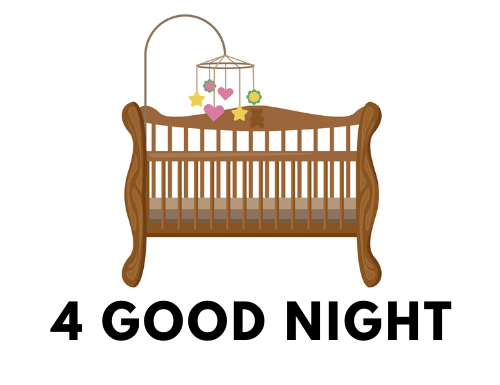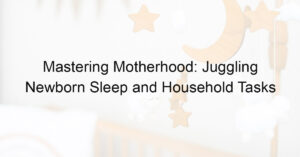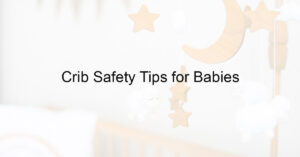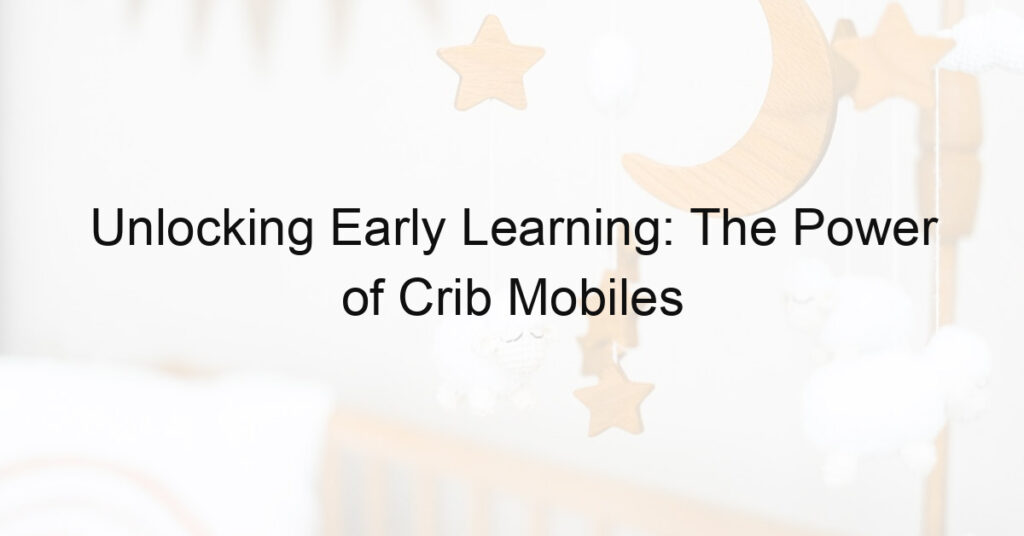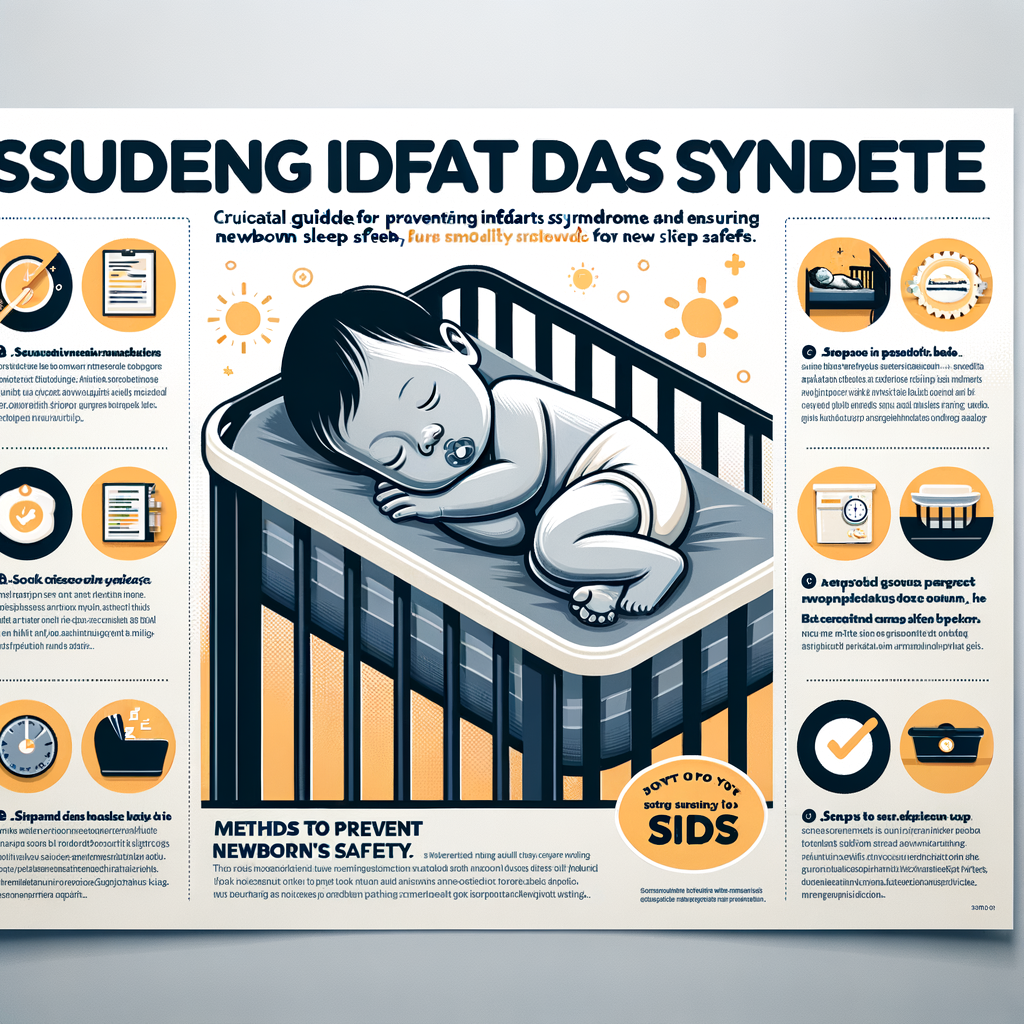
Introduction to Sudden Infant Death Syndrome (SIDS)
Understanding Sudden Infant Death Syndrome (SIDS) is crucial for every parent, caregiver, and medical professional. This introductory section will provide a clear definition of SIDS and share some important statistics and facts.
- Definition of SIDS
- Statistics and facts about SIDS
- SIDS is the leading cause of death among babies between 1 month and 1 year of age.
- More than 2,000 babies died of SIDS in the U.S. in 2010, the last year for which such statistics are available.
- Most SIDS deaths occur when in babies between 1 month and 4 months of age, and the majority (90%) of SIDS deaths occur before a baby reaches 6 months of age. However, SIDS deaths can occur anytime during a baby’s first year.
- Slightly more boys die of SIDS than girls.
Sudden Infant Death Syndrome, commonly known as SIDS, is the unexplained death, usually during sleep, of a seemingly healthy baby less than a year old. SIDS is sometimes known as crib death because the infants often die in their cribs. It’s a frightening prospect, but understanding what SIDS is can help in taking steps to prevent it.
Here are some key statistics and facts about SIDS:
In the following sections, we will delve into the prevention tips, sleep safety guidelines for newborns, and the latest research and case studies on preventing SIDS. Our goal is to equip you with the knowledge to ensure your baby’s sleep safety.
SIDS Prevention Tips
One of the most effective ways to protect your baby from Sudden Infant Death Syndrome (SIDS) is by ensuring they have a safe sleeping environment. Here are some key tips to help you achieve this:
Safe Sleep for Babies
- Back to Sleep: The importance of placing babies on their backs for sleep cannot be overstated. According to the American Academy of Pediatrics, this position significantly reduces the risk of SIDS. It’s crucial to maintain this position every time your baby sleeps, including naps.
- Use of Firm Sleep Surface: A firm and flat surface is the safest for your baby to sleep on. Soft surfaces can conform to your baby’s face and potentially cause suffocation. A firm mattress with a tight-fitting sheet is the most recommended.
- Avoidance of Soft Bedding and Stuffed Toys: Soft objects like pillows, blankets, and stuffed toys can obstruct your baby’s breathing and should be kept out of their sleep area. Instead, dress your baby in sleep clothing such as a one-piece sleeper to keep them warm.
- Room-Sharing Without Bed-Sharing: Sharing a room with your baby can reduce the risk of SIDS by as much as 50%. However, it’s important to have your baby in their own crib or bassinet, not in your bed. Bed-sharing can lead to accidental suffocation.
By following these tips, you can create a safer sleep environment for your baby and significantly reduce the risk of SIDS. Remember, every sleep time counts, so these practices should be followed consistently.
Healthy Lifestyle Choices
Adopting a healthy lifestyle is crucial for expecting mothers and their newborns. It can significantly reduce the risk of Sudden Infant Death Syndrome (SIDS). Let’s delve into some of these healthy choices:
-
Importance of Prenatal Care
Prenatal care is the healthcare you receive while you are pregnant. It includes regular check-ups with a healthcare provider. These visits are essential to ensure the health of both the mother and the baby. Regular prenatal visits can help detect potential health issues early, which can be treated promptly. According to the American Pregnancy Association, women who do not receive prenatal care are three times more likely to have a low birth weight baby, and their baby’s risk of dying is five times higher.
-
Benefits of Breastfeeding in SIDS Prevention
Breastfeeding is not only beneficial for the baby’s overall health, but it also plays a significant role in preventing SIDS. The American Academy of Pediatrics suggests that breastfeeding can reduce the risk of SIDS by about 50%. This is because breast milk contains antibodies that help your baby fight off viruses and bacteria. Additionally, breastfeeding promotes a closer physical contact between the mother and the baby, which can help the baby’s breathing pattern and heart rate.
-
Impact of Smoking, Alcohol, and Drug Use
Smoking, alcohol, and drug use during pregnancy can have severe impacts on the baby’s health, including an increased risk of SIDS. The Centers for Disease Control and Prevention states that babies exposed to smoke are about three times more likely to die from SIDS. Alcohol and drug use can also lead to birth defects, premature birth, and low birth weight, all of which can increase the risk of SIDS. Therefore, it is crucial to avoid these substances during pregnancy and after the baby is born.
In conclusion, making healthy lifestyle choices can significantly reduce the risk of SIDS. This includes receiving regular prenatal care, breastfeeding your baby, and avoiding harmful substances like tobacco, alcohol, and drugs.
New Mom Advice: Sleep Safety for Newborns
As a new mother, understanding your newborn’s sleep patterns and needs can be a crucial part of ensuring their safety and well-being. This section will provide you with the necessary information to help you navigate this new territory.
Understanding Newborn Sleep Patterns
Newborns have unique sleep patterns that differ significantly from those of adults or older children. Understanding these patterns can help you better respond to your baby’s needs and ensure they are getting the rest they need for healthy growth and development.
- Typical sleep patterns of newborns
- How to respond to a newborn’s sleep needs
Newborns typically sleep for about 16 to 17 hours a day, but not all at once. Their sleep is distributed throughout the day and night, usually in periods of 2 to 4 hours. This is because their biological clocks, or circadian rhythms, aren’t fully developed yet.
Responding to a newborn’s sleep needs involves observing their sleep cues and patterns. When your baby shows signs of sleepiness, such as yawning, rubbing eyes, or becoming fussy, it’s time to put them to sleep. It’s also important to understand that newborns need to be fed every 2 to 3 hours, even during the night. So, expect some sleep interruptions.
Understanding your newborn’s sleep patterns can be a challenge, but with patience and observation, you will soon become adept at recognizing their sleep cues and responding to their needs. Remember, every baby is unique and what works for one might not work for another. It’s all about finding what works best for you and your baby.
Creating a Safe Sleep Environment
Ensuring a safe sleep environment for your newborn is crucial to their health and well-being. Here are some key factors to consider:
- Choosing the right crib and mattress:
- Setting the right room temperature:
- Importance of a dark, quiet room:
When it comes to choosing a crib, safety should be your top priority. Look for a crib with a firm mattress and tight-fitting sheets. Avoid cribs with drop-side rails, as they can pose a safety risk. The crib should be free of any soft objects, toys, or loose bedding to prevent suffocation or strangulation.
The room temperature plays a significant role in your baby’s sleep quality. The ideal room temperature for a baby’s room is between 68-72 degrees Fahrenheit. Overheating can increase the risk of SIDS, so avoid heavy bedding and dress your baby in light sleep clothing.
A dark, quiet room can help signal to your baby that it’s time to sleep. Consider using blackout curtains and a white noise machine to create a soothing environment. However, remember that it’s important to keep the noise level low to prevent startling the baby.
By paying attention to these details, you can create a safe and comfortable sleep environment for your newborn.
Infant Sleep Safety Guidelines
Ensuring your baby’s safety during sleep is crucial. Here are some guidelines to follow to ensure your infant’s safety during sleep:
- Recommended sleepwear for infants
- Use of pacifiers during sleep
- Regular check-ups and vaccinations
When it comes to dressing your baby for sleep, comfort and safety should be your top priorities. Overheating can increase the risk of Sudden Infant Death Syndrome (SIDS), so it’s important to dress your baby in light, breathable clothing. A one-piece sleeper or wearable blanket can keep your baby warm without the risk of covering their face or overheating. Avoid using loose blankets, as they can cover your baby’s face and increase the risk of suffocation.
Studies have shown that using a pacifier during sleep can reduce the risk of SIDS. The pacifier should be used when putting baby down for sleep and not be reinserted once the baby falls asleep. If your baby doesn’t want the pacifier, don’t force it. If you are breastfeeding, wait until breastfeeding is well established before introducing the pacifier.
Regular check-ups and vaccinations are essential for your baby’s health. These visits allow your pediatrician to monitor your baby’s growth and development and to catch any potential health issues early. Vaccinations protect your baby from serious diseases and also reduce the risk of SIDS. Make sure your baby is getting all their recommended vaccinations on time.
Remember, every baby is unique and what works for one might not work for another. Always consult with your pediatrician if you have any concerns about your baby’s sleep habits or overall health.
Preventing SIDS in Newborns: Case Studies and Research
Understanding Sudden Infant Death Syndrome (SIDS) is crucial for every parent. Let’s delve into some case studies and recent research to gain more insights into preventing SIDS.
- Case study 1: Successful SIDS prevention strategies
- Case study 2: Lessons from a SIDS incident
- Latest research on SIDS prevention
In a small town in Ohio, a community health initiative aimed at educating new parents about SIDS prevention saw a significant decrease in SIDS cases. They focused on promoting the “Back to Sleep” campaign, which advises parents to put their babies to sleep on their backs. The campaign also emphasized the importance of a firm sleep surface, avoiding soft bedding, and keeping the baby’s sleep area in the same room where parents sleep. Over a period of five years, the town reported zero SIDS cases, demonstrating the effectiveness of these strategies.
A heartbreaking incident in Texas highlighted the dangers of improper sleeping arrangements. A family lost their infant to SIDS when the baby was put to sleep on a soft mattress with plush toys. The coroner’s report pointed to accidental suffocation as the cause of death. This tragic event underscores the importance of adhering to safe sleep guidelines to prevent SIDS.
Recent studies have shown that breastfeeding for at least six months reduces the risk of SIDS by about 50%. Research also suggests that using a pacifier during sleep can provide some protection against SIDS, even if it falls out of the baby’s mouth after they fall asleep. Furthermore, regular prenatal care and avoiding exposure to smoke, alcohol, and illicit drugs during pregnancy and after birth significantly reduce the risk of SIDS.
| Prevention Strategy | Effectiveness |
|---|---|
| “Back to Sleep” campaign | Significantly reduces SIDS risk |
| Breastfeeding for at least six months | Reduces SIDS risk by about 50% |
| Using a pacifier during sleep | Provides some protection against SIDS |
| Avoiding exposure to smoke, alcohol, and illicit drugs | Significantly reduces SIDS risk |
These case studies and research findings underscore the importance of adhering to recommended guidelines for infant sleep safety. By staying informed and vigilant, we can all play a part in preventing SIDS and ensuring the safety of our little ones.
Conclusion: Ensuring Baby Sleep Safety
As we conclude this comprehensive guide on baby sleep safety, let’s take a moment to recap the crucial points we’ve discussed. The goal is to ensure that every baby enjoys a safe and sound sleep, reducing the risk of Sudden Infant Death Syndrome (SIDS).
- Recap of SIDS prevention tips
- Importance of consistent safe sleep practices
- Encouragement for new mothers
Remember, the best way to prevent SIDS is to create a safe sleep environment for your baby. This includes placing your baby on their back to sleep, using a firm sleep surface, keeping soft objects and loose bedding out of the sleep area, and avoiding exposure to smoke, alcohol, and illicit drugs. Regular prenatal care and immunizations are also key.
Consistency is key when it comes to safe sleep practices. Make sure to follow these guidelines every time your baby sleeps, whether it’s naptime or nighttime. This not only reduces the risk of SIDS but also helps establish a healthy sleep routine for your baby.
To all the new mothers out there, remember that you’re doing a great job. Parenting is a journey filled with ups and downs, and it’s perfectly normal to feel overwhelmed at times. Don’t hesitate to ask for help when you need it, and take care of your own health too. Your baby needs you to be healthy and happy. Keep up the good work!
Let’s continue to spread awareness about SIDS and safe sleep practices. Together, we can make a difference and ensure the safety of our little ones. Sleep tight, babies!
